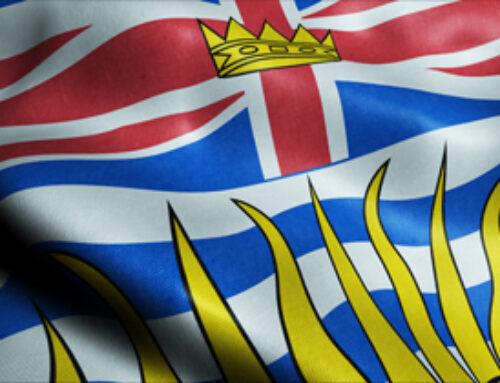 Mrs. C.E. Humphry’s 1897 book Manners for Men generates some smiles as it details accepted behaviour in Victorian-era England in a variety of settings.
Mrs. C.E. Humphry’s 1897 book Manners for Men generates some smiles as it details accepted behaviour in Victorian-era England in a variety of settings.
The following excerpt about how to eat dessert at dinner-parties shows how times have changed.
“With regard to the dessert fruits, &c., there are a few puzzles to be found among them for the inexperienced.
Grapes present one of these.
They are taken up singly, and afterwards the skin and seeds have to be expelled as unobtrusively as possible. It is a matter of great difficulty to accomplish this by any other method than using the hand, therefore this is the accepted custom. The forefinger is curved above the mouth in a manner which serves to conceal the ejectment, and the skin and seeds are in this way conveyed to the plate, the fingers being afterwards wiped with the napkin.
Bananas are peeled with the knife and fork, and the pieces are conveyed to the mouth by means of the fork.
Oranges are cut in two, then in four, and with the aid of knife and fork the contents of each section are extracted in two or more parts, and carried to the lips on the fork.
Apples and pears are peeled with the knife and fork; peaches, apricots, and nectarines in the same way.
Strawberries are taken by the stem, dipped in sugar and cream, and carried to the lips with the fingers.
If the fruit has been picked free of husks and stem, it may be bruised on the plate with sugar and cream, and eaten with a spoon. Preserved ginger is eaten with the knife and fork.
A spoon is necessary with pines, melons, and very juicy strawberries, after they have been prepared with the knife and fork.”





